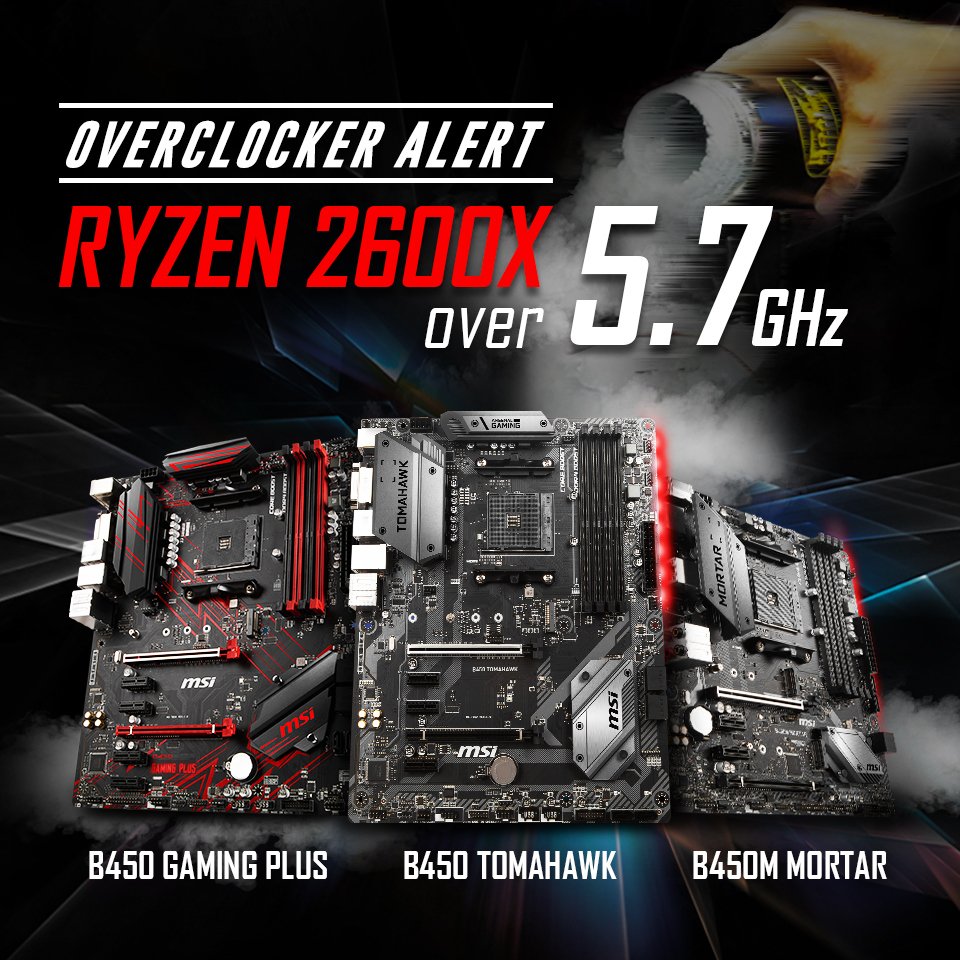

Exit the BIOS menu and restart your computer system.Save the settings and press “YES” to any confirmation dialogue box.If it is enabled, which should be the case if your CPU is overclocking, then disable it.Look for an option that specifies overclocking or something similar.In the BIOS (or UEFI) menu, go to the “Advanced” tab.If your computer has a direct option that you can use to turn the overclocking feature on and off, you can use this method. You will find the option for UEFI settings.The computer will restart and present you with a special screen with different options. Hold down the “shift” key and then select restart from the power button option.To access the UEFI screen, follow these instructions: Common keys for entering BIOS are DEL, F1, F2, etc. Usually, you will see a message displaying what key you need to press such as “Press DEL to enter setup” or something similar. To access the BIOS menu, you need to press a certain key during the boot-up (starting) process. Entering the Biosįirst, you have to enter the BIOS option or the UEFI (for the later generations of Windows). Now that you know how to overclock in the first place, you can easily understand the method to stop or disable it. With it, you can directly enable or disable a processor’s overclocking feature. And you can achieve this by changing both the CPU core ratio and CPU core voltage settings, both of which are accessible via the BIOS menu.Īlternatively, many modern computers, such as those from Alienware, will have a default option in their BIOS menu. Now, if you were to run this same processor at 3.4 GHz, the processor is now “overclocking”.


 0 kommentar(er)
0 kommentar(er)
